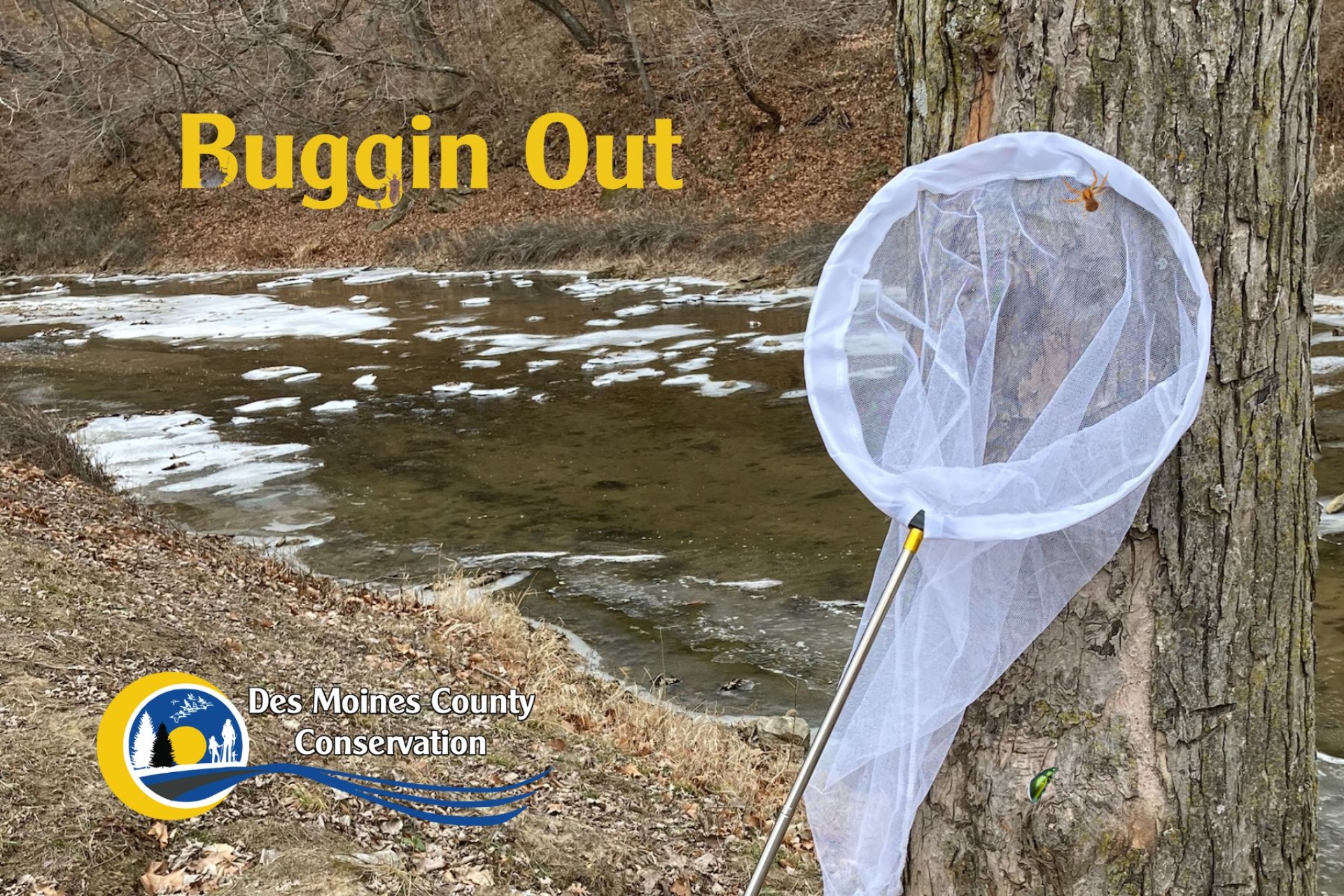Buggin Out
Today at Starr’s Cave Nature Center (SCNC) we received an order of 12 new bug nets. These nets are used to catch a variety of bugs during different times of the year. Spring is a great time to take field trip groups out to catch wooly bears and the first emerging bugs of spring. Throughout summer camp we catch fireflies, moths, caterpillars, and centipedes to name a few. During the fall we catch monarch butterflies before they migrate to Mexico. What about winter? Where did the bugs go? When it comes to animal and species populations, bugs are number one. At any time or place you may encounter a bug. That might be an insect, a worm, or even a lady beetle. To some that may seem creepy, but the reality is that bugs make the world go round.
As I step outside today, I am not bitten by mosquitos or horse flies. Where did they go? Occasionally I see a stink bug in SCNC, but none outside. Where are all the ants that I saw throughout my summer picnics? Well, there is a long answer and a short answer to this question, and sometimes the answer may surprise you.
Migration
Much like many of our relatives, some insects can’t handle the harsh winters here in Iowa. Their defense to the cold is to migrate, or travel to warmer environments. An example of this is in the Monarch butterfly. Every September we have a free monarch event where we catch these fluttery friends, and attach a harmless sticker in hopes of gathering scientific information about their travels. Monarchs leave the north before the cold and head south for the winter, Mexico specifically. In years past, we have even had butterflies caught and tagged in Burlington recaptured in Mexico!
Hibernation
Some insects and caterpillars prepare themselves for the seasonal change with self-protection. These bugs like to produce glycol that prevents their body from freezing. When the time is right, these bugs find a place that protects them from predators, and they go into a hibernation like state. During this time bugs like mosquitos slow down their metabolism so low that they are immobile. When spring arrives and their body warms back up, their metabolism speeds up and their bodies begin to function again like normal.
Shelter
The rest of the bugs find places to live where winter doesn’t affect them as much. Some bugs live in the walls of buildings, inside of hollow logs, under water, or even deep enough underground where they aren’t affected by the cold. This may explain the earwig you find in your basement, or even the fruit fly that shows up around your garbage can. Some bugs, like bees, stick really close together for warmth creating communal heat. This keeps the whole hive warm and happy long enough to make it through the season.
Bugs survive well by using these strategies, and it is no surprise that many other animals in our kingdom use these very same survival techniques. If you really think about it people do many of these same things as well. Maybe grandma goes to Florida for the winter, or maybe we stay in our warm homes until winter passes. Either way, there is a special kind of appreciation to observe when the bugs show back up this spring.
Upcoming Events
January 21st - Port of Burlington Annual Eagle Watch
Owl Prowls
All Owl Prowls are limited group sizes so participants must call 319-753-5808 to RSVP.
February 2nd – Starr’s Cave 7:00-8:30pm
February 9th – Big Hollow (next to 300m range) 7:00-8:30pm
February 16th – Pieces Owl Prowl at Big Hollow (next to the 300m range)
February 23rd – Big Hollow Hickory Shelter 7:00-8:30pm
The Ice Fishing Clinic is taking place on February 11th at 9:00 a.m. until 11:00 a.m. Please RSVP to this learn to fish program. Weather permitting, we will be showing visitors how to icefish at Big Hollow. Please call 319-753-5808 to let us know that you are coming, and if you need to borrow gear. This program is weather dependent, so watch our Facebook page for updates.
published Monday, January 16, 2023


